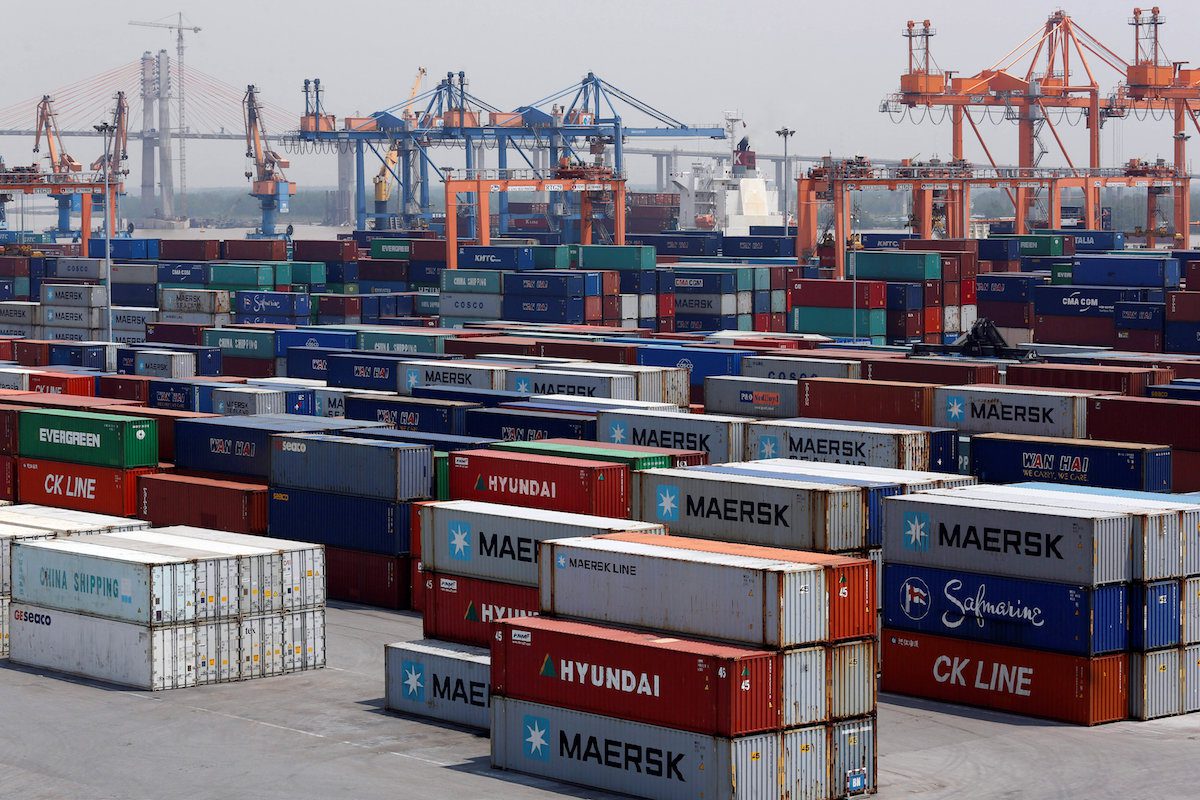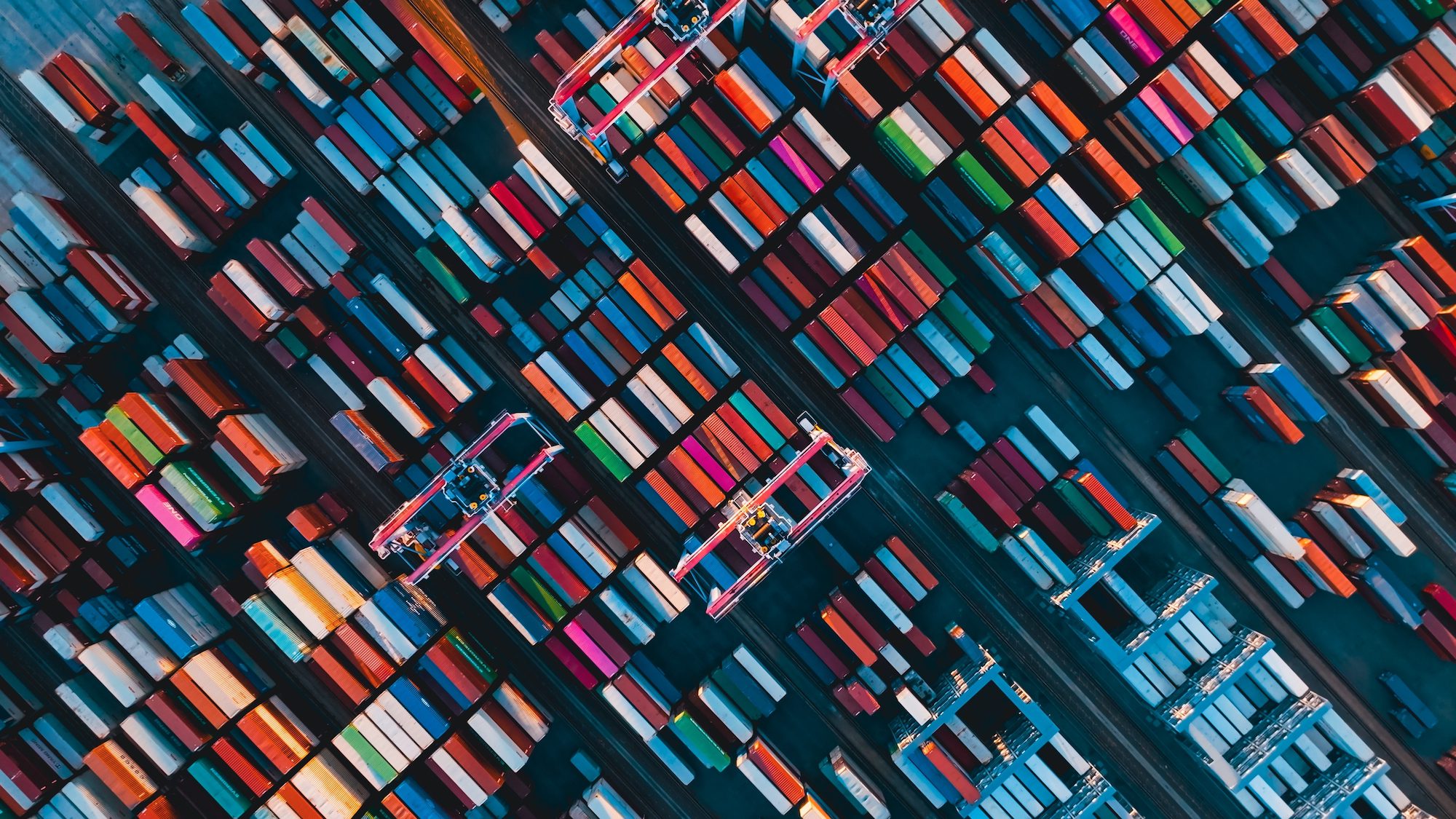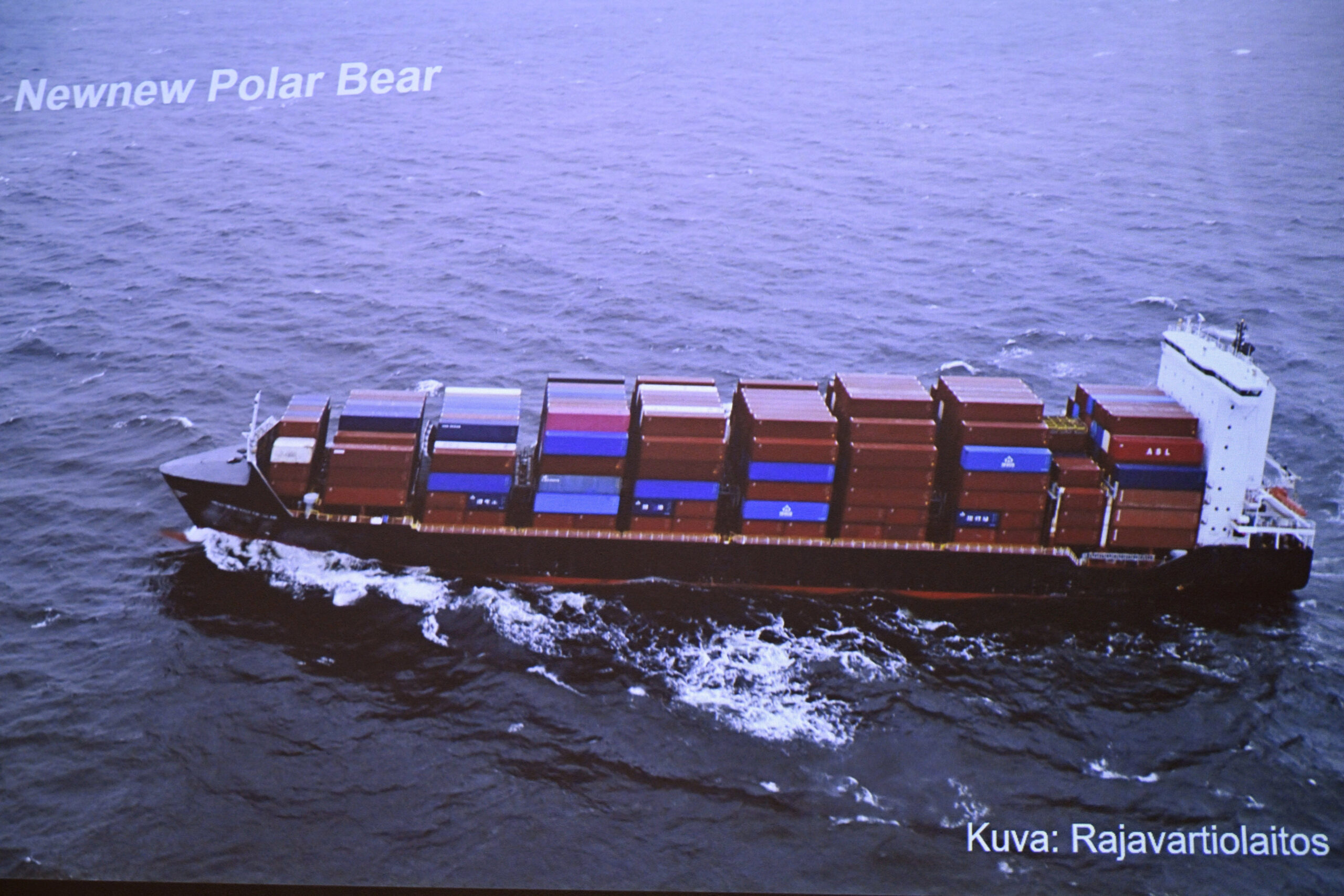Michael Folsom
The Canada-based union, Unifor, representing more than 350 St. Lawrence Seaway workers, returned to the bargaining table on Friday, a day after formal talks were slated to conclude, and remains committed to negotiating.
The union’s Locals 4211, 4212 and 4323 in Ontario and Locals 4319 and 4320 in Quebec, had given notice of a strike on Wednesday and plans are in place to now walk-off the job just after midnight on Sunday, October 22 should the extended talks fail.
On Thursday evening, union lead negotiator, John Hockey, said that talks remained “1000 nautical miles apart on wages.”
The union workers of the St. Lawrence Seaway Management Corporation (SLSMC) play a major role in the operations of 13 locks along the St. Lawrence Seaway, a vital throughfare from the Atlantic Ocean to the upper Great Lakes and have been on the job this shipping season despite an expired contract on March 31.
“Unifor is committed to getting a collective agreement but at this moment the employer is not,” said Lana Payne, Unifor National President. “We are staring down a strike deadline and it’s time for St. Lawrence Seaway Management Corporation to get serious.”
Negotiations with the employer began back in June with additional dates in September. The parties decided to use a conciliator to facilitate discussions from the onset of bargaining. All parties returned to the negotiation table earlier this week and, under agreement of 72-hour notice, the union informed SLSMC on Wednesday of the impending strike.
“It’s really up to the employer at this point to seal this deal and avoid any transit disruption,” said Daniel Cloutier, Unifor Quebec Director. “These are jobs that require intense training, a high level of understanding of the health and safety risks, and that carry enormous responsibility for the wellbeing of seafarers and their cargo. They are irreplaceable.”
Despite the strong push from the union, SLSMC has remained confident that a satisfactory resolution can be reached and remains committed to obtaining a fair settlement.
Earlier in the day Thursday, SLSMC sent notice to shipping companies outlining a shutdown of the Seaway with cutoff times in which vessel must clear various sections to avoid being stuck in the system. One cruise ship that remains in the Seaway system on Thursday afternoon west of the Welland Canal has since altered its travel plans in an effort to reach the Welland Canal and Montreal ahead of any shutdown.
Aside from the 13 Canadian locks, the United States operates 2 locks on the Seaway, both in Massena, NY, which would also be forced to shutdown since no ship traffic would be able to reach that point on the waterway. The Great Lakes St. Lawrence Seaway Development Corporation (GLS), part of the US Department of Transportation, has not formally commented. Transportation Secretary Pete Buttigieg shared on social media, “our team is monitoring the potential of a Canadian worker strike in the Great Lakes St. Lawrence Seaway and has notified cargo operators about potential impacts to shipments along the Seaway.”
This week, leaders and delegates from shipping companies, ports, and the Seaway system, converged for the annual Highway H2o Conference in Toronto. According to one participant, talk of the strike was minimal from the podium, however scuttlebutt amongst attendees was rampant. There was some talk of potential for the Canadian government to intervene to prevent a walk-off, though unconfirmed.
The strike potential comes at the most inopportune time from the agriculture industry.
John Taylor of Collwest Grain in Collingwood, Ontario said the impact of a strike “could be huge, we are in the middle of harvest and ship a lot of grain through the Port of Hamilton.”
The binational St. Lawrence Seaway’s 15 locks (13 Canadian and 2 American) serve as the linchpin within the broader waterway, connecting the lower St. Lawrence River to the Great Lakes, enabling ships to transit between Montreal and Lake Erie, a difference in elevation of more than 550 feet (168 meters). Over 200 million tons of cargo travel on the waterway on an annual basis.
Michael Folsom is creator of the Seaway Ship Watchers Network and Downbound Discussions Podcast.

 Join The Club
Join The Club











